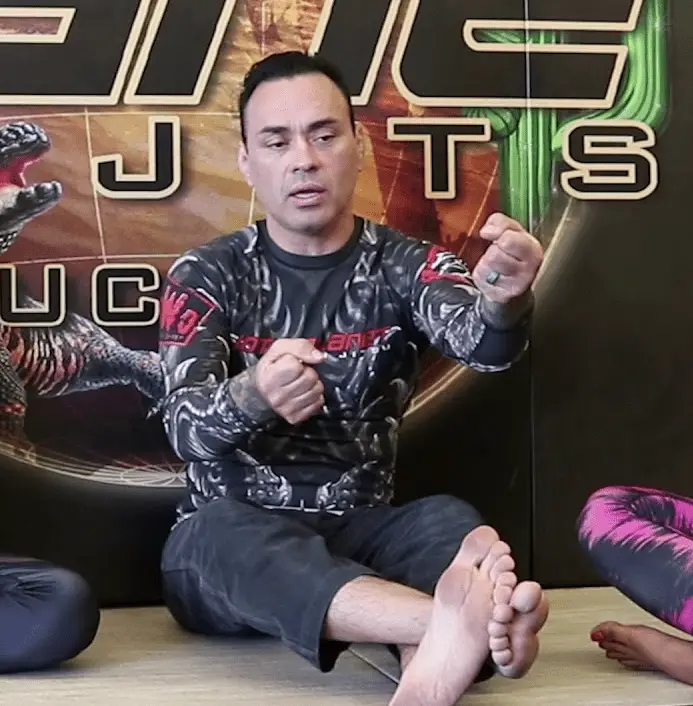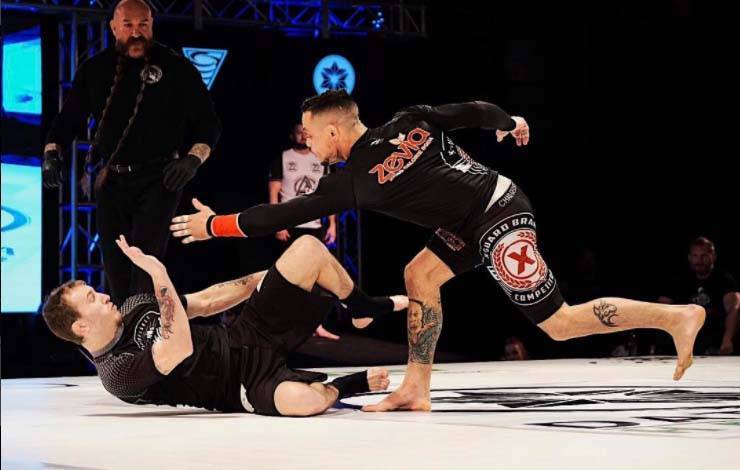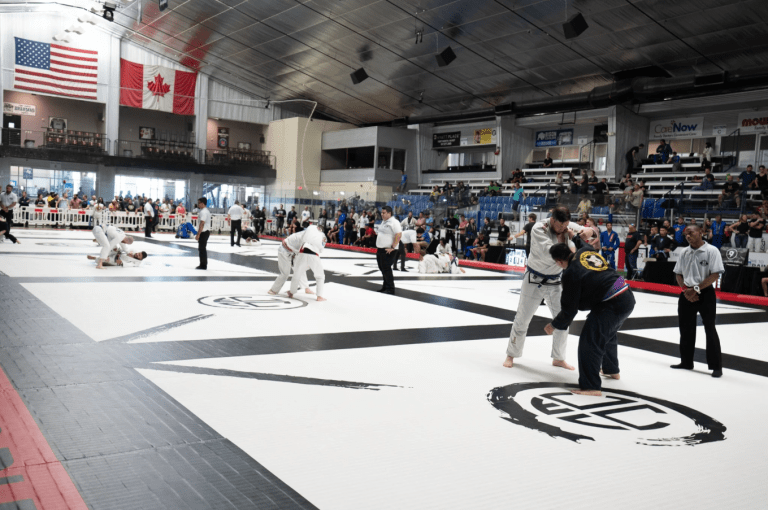Combat Jiu Jitsu: A Complete Guide
Introduction In the realm of martial arts, Combat Jiu Jitsu (CJJ) emerges as a fascinating hybrid, blending the grappling finesse of Brazilian Jiu Jitsu (BJJ) with the striking elements of Mixed Martial Arts (MMA). This comprehensive guide will take you through the ins and outs of CJJ, from its inception to its rules, and how it stands apart from traditional BJJ.
What is Combat Jiu Jitsu?
CJJ is a combat sport that takes the ground fighting expertise of BJJ and spices it up with the dynamic element of open-palm strikes, a feature borrowed from MMA. This integration adds a layer of complexity and realism, making it an increasingly popular discipline among fighters and enthusiasts.
The Vision of Eddie Bravo
Brazilian Jiu-Jitsu has seen a meteoric rise in popularity across the USA, initially conceived as a method of self-defense. However, there’s been concern that BJJ has strayed from its roots, focusing less on techniques applicable in real-world confrontations.

Eddie Bravo, a luminary in the grappling scene, sought to address this divergence. He introduced Combat Jiu Jitsu to the world, infusing it with rules that brought the sport closer to actual combat scenarios. Bravo’s goal was to create a version of BJJ that was as exhilarating to watch as it was to engage in, blending the excitement of MMA into the mix.
To elevate the prestige of BJJ, Bravo launched the Eddie Bravo Invitational (EBI), signaling his ongoing commitment to revolutionizing the sport. Combat Jiu Jitsu is his latest venture, a modern iteration of Jiu-Jitsu that pays homage to its BJJ and MMA roots while adapting to the demands of realistic self-defense situations.
Rules of the Game
CJJ distinguishes itself with a unique set of rules:
- Open Palm Strikes: Grounded competitors can strike with open palms.
- Get Down Rule: If fighters remain standing after one minute, they must engage on the ground.
- Purgatory Position: A transitional position limited to 30 seconds to promote active engagement.
- Submissions: All BJJ submissions are legal, with no points system.
- Winning Criteria: Matches are won by submission, knockout, or escape time in overtime.
Differences Between BJJ and CJJ
While stemming from BJJ, CJJ has notable differences:
- Striking: CJJ includes open-palm striking, prohibited in BJJ.
- Points System: CJJ lacks a points system, focusing on submission or knockout for victory.
- Self-Defense Focus: CJJ emphasizes practical self-defense, aligning closer to real-life fighting.
- Injury Potential: The inclusion of strikes in CJJ increases the risk of injury.
- Accessibility: CJJ gyms are rarer than BJJ gyms due to the sport’s novelty.
CJJ Championships and Notable Athletes
The inaugural CJJ World Championship, hosted by Eddie Bravo in 2018, featured top-tier BJJ and MMA athletes. Fighters like Vagner Rocha, Chad George, Brandon Moreno and Donald Cerrone have graced the CJJ mats, showcasing the sport’s competitive edge and growing popularity.
Conclusion
Combat Jiu Jitsu represents an evolution in BJJ, offering a combat sport that’s both viewer-friendly and true to the martial art’s combative roots. With its distinctive rules and the inclusion of striking, CJJ is forging its path in the combat sports landscape.
Whether you’re a BJJ veteran or a martial arts novice, Combat Jiu Jitsu presents an engaging and realistic grappling challenge. If you’re looking to enhance your training or experience a more dynamic form of competition, CJJ might just be the perfect fit.
As with any martial art, respect for the discipline, your opponents, and the rules is paramount. Train hard, stay safe, and delve into the exciting world of Combat Jiu Jitsu.
For more on Eddie Bravo, check out his profile page.
- Buggy Choke: The Complete Guide - March 6, 2024
- Jiu Jitsu World League: Your Complete Guide - March 5, 2024
- How much do UFC referees make? A comprehensive guide - March 5, 2024






